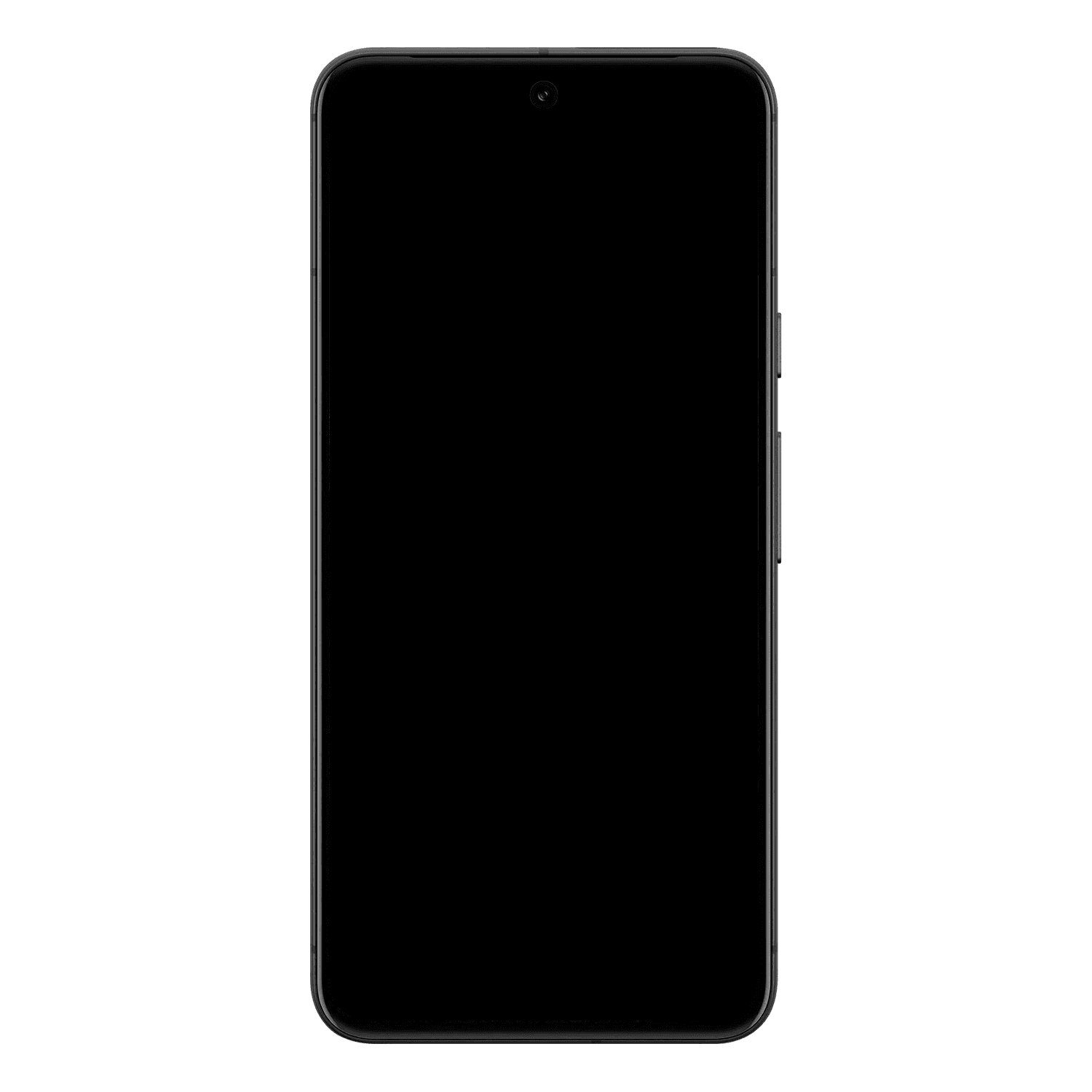UX design institute
A User-Centric Airline Booking Experience for Seamless Travel
Intro
This project was provided by The UX Design Institute to learn the fundamentals in UX design principles and best practices. The objective was to design a new airline app that simplifies the booking process with a goal to to streamline the booking experience, ensuring it was both intuitive and easy to navigate.
The Problem
Planning a quick getaway should be exciting, but for many frequent flyers, the typical airline booking experience is filled with frustration: confusing fare options, relentless pop-ups for unwanted extras, and the constant feeling of being nickel-and-dimed. This case study explores how a user-centered design approach transformed the booking process for "Drift," a fictional startup airline, creating a personalized experience that puts passengers in control.
Discovering turbulence in the booking process
My research encompassed an array of methodologies, each aimed to uncover valuable insights about user behaviours and preferences. I began with understanding the pain points of booking flights and identified areas for improvement.
Competitive Benchmarking
Analysed competitors' websites and apps to understand their strengths, weaknesses. This insightful tool allowed me to identify areas for improving in our own offerings, learn from industry best practices and spot potential gaps in the market.
Online Survey
Created an online survey, sent to 15 users with a mix of open-ended and closed questions which gave insights from users about what they like or don’t like when using an airline websites and that most users considered price and baggage inclusions as their main consideration when booking a flight. Only 1 user noted they were unable to complete their intended goal during their last experience booking a flight.
Usability Testing
Usability tests on two popular airline apps revealed a consistent theme: user frustration. The barrage of "add-on" screens felt pushy and often led to cart abandonment. Furthermore, the opacity of fare options and what benefits were included, left users confused and distrustful.
"so if I didn't pick plus, I could add a bag separately without all the other things that plus involves because that costs extra, I would go through the process to see if it would be cheaper to add the bag separately later on"
"it pushes the me to pick one of those options, I can still add it on at a later date If I don't pick a bulk fare option and I think that is not made clear. You could be paying more than you need to if you only need a 15kg bag."
"That's annoying, what if you wanted to bring 20kilos back but you didn't want to take that out with you"
The Approach to a seamless process
Armed with these insights, a user-centered design journey began. Affinity mapping helped organize research data and identify key patterns in user behavior and frustrations. A customer journey map, focusing on the "happy path" of a user booking a weekend trip with extra baggage, solidified the core problem: the inflexible and aggressive approach to extras.
Key take aways
Users craved control & transparency over pricing for the fare.
Hard upselling of extras caused frustrations and users became dismissive of pop-ups.
Users preferred to see fare inclusions within the same screen. The fear of being taken off track caused mistrust with the user.
The Solution
Flow diagrams mapped the user flow for the "Mix and Match" system. Users would begin by searching for flights as usual. At the fare selection stage, they would encounter the "Mix and Match" option, where they could customize their fare by selecting from various bag sizes and weights, seat selection, fast-track security, and priority boarding. The system would default to the same extras for each passenger, but offer the flexibility to customize each individual's package.
Your Journey, Your Way with "Drift"
Wireframing brought this concept to life. The design prioritized a clean, intuitive interface. The "Mix and Match" section was designed for maximum clarity, ensuring users could easily understand the cost of each add-on. Special attention was paid to mobile responsiveness, ensuring a smooth experience across devices.
The Impact
User testing of the prototype was incredibly validating. Users loved the control and transparency. They no longer felt pressured into extras they didn't need. In fact, the clear pricing and ability to customize actually encouraged users to add extras they might have previously skipped due to "add-on fatigue." As one user exclaimed.
Frequent flyers, in particular, appreciated the ability to save their preferred "Mix and Match" packages. This streamlined the rebooking process for regular trips, saving valuable time and effort for users who were frequent travellers for work, often using the same route.
Lessons Learned: Navigating the Design Process
This project reinforced the importance of user research in driving design decisions. By truly understanding user needs and frustrations, I was able to create a solution that not only addressed the pain points but also enhanced the overall booking experience. The positive user feedback validated the design choices and highlighted the power of user-centered design. This experience taught me the value of iterative design, constantly testing and refining the solution based on user feedback. It also emphasized the importance of clear communication and transparency in building user trust. Just like a smooth flight, a seamless booking process can make all the difference.










